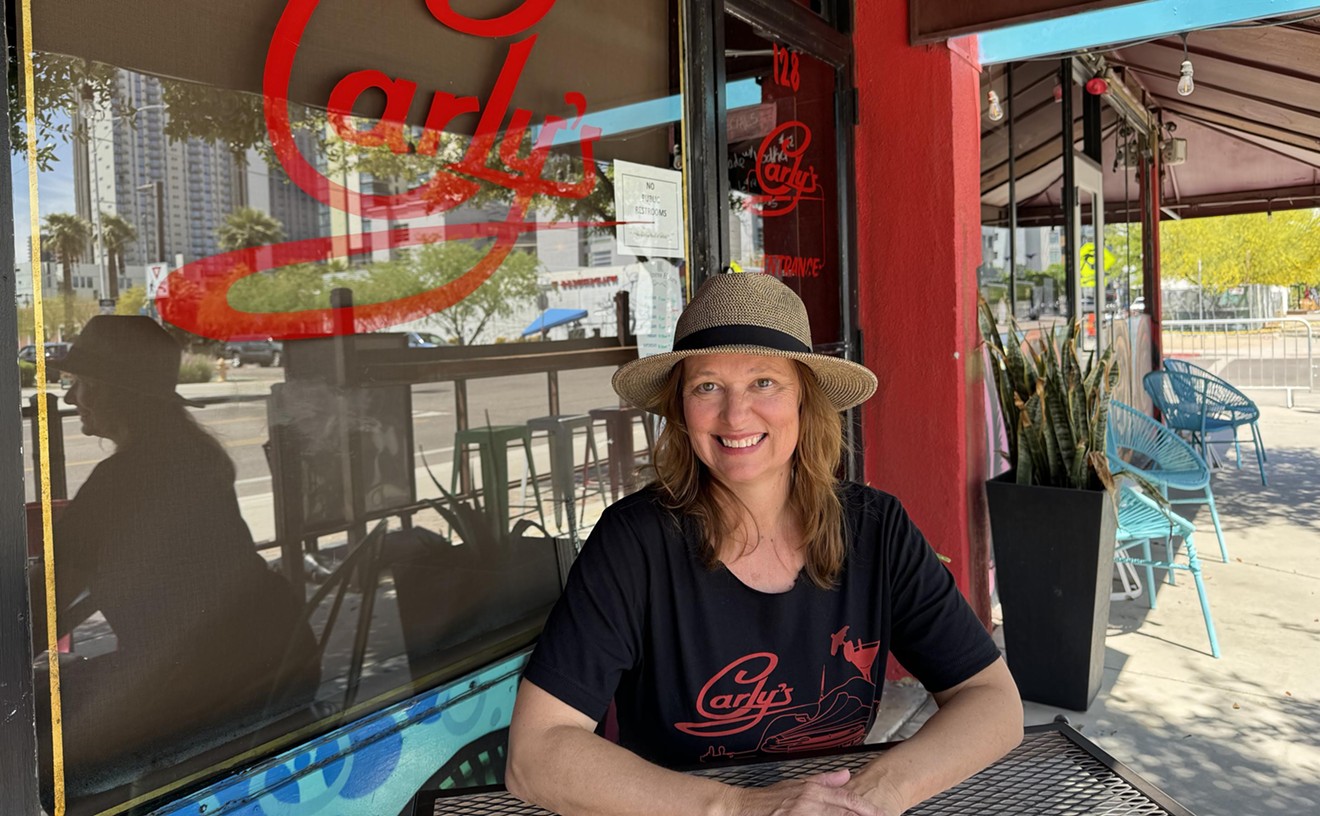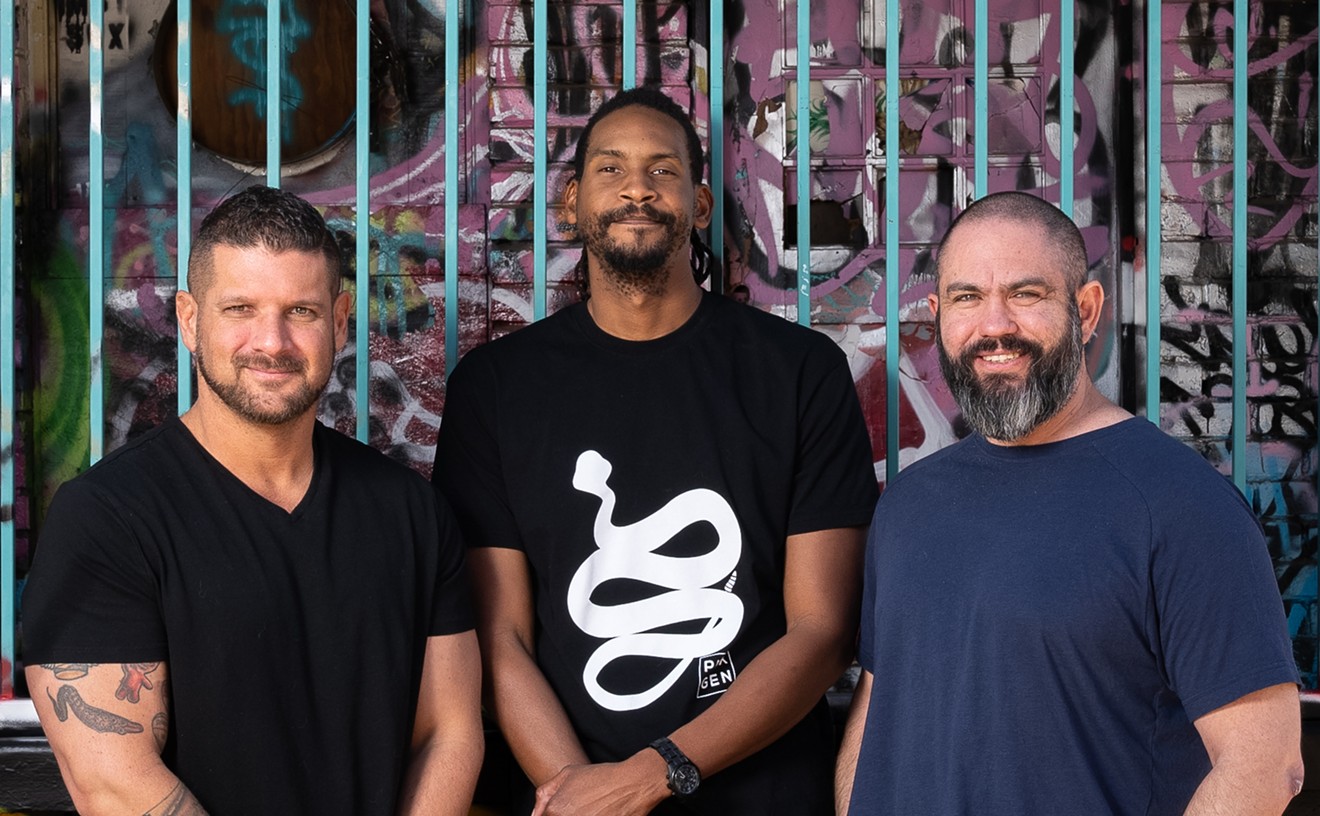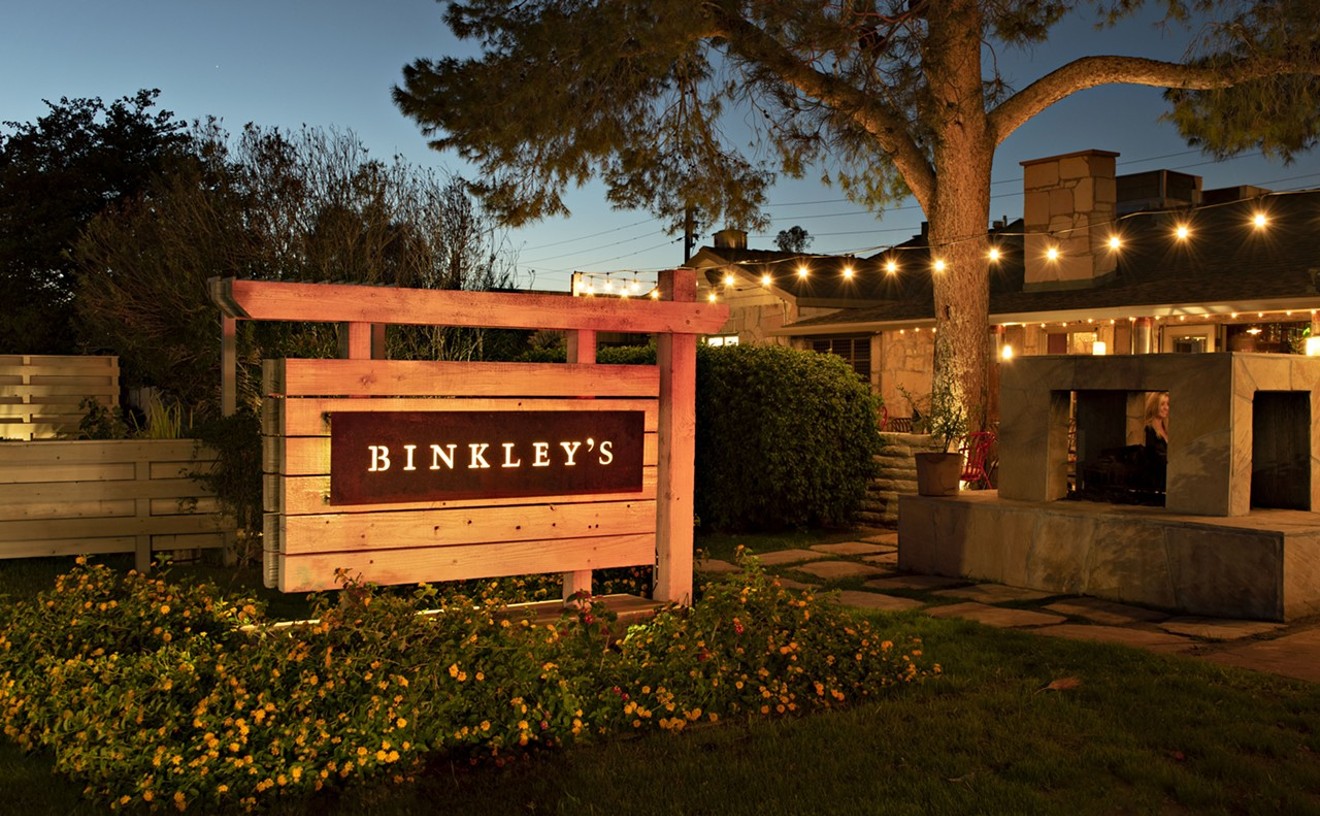In the beginning, beer was just called beer. There was dark beer and light beer; bitter beer and sweet beer; spiced beer and sour beer. Order a beer in Munich and you’d likely get a clear, golden lager; order one in Bruges and it would probably be red and acidic. It was a very confusing time.
Then, in 1977, a man named Michael Jackson (not that Michael Jackson — this one) wrote a book called The World Guide to Beer. Combining the work of earlier authors with his own experiences, Jackson pretty much single-handedly created the concept of beer styles, constructing a set of parameters that could be used to categorize the disparate beers of the world. While some varieties of beer — such as porter, pilsner and dubbel — were pretty well understood by the time Jackson got to writing, others were but jumbles of closely related properties. When Jackson found that brewers in West Flanders, Belgium all seemed to be using similar techniques to make some version of a similarly flavored sour red ale, he dubbed the style “Flemish Red” — which probably surprised the people of Flanders, who had never heard of such a beer.
The beer writer Fred Eckhardt built on Jackson’s work with his 1989 book The Essentials of Beer Style, which created a larger taxonomy into which beer styles could be plugged. Organizations like the Beer Judge Certification Program and the Brewers Association came out with their own style guidelines to help consumers determine what type of beers they were buying and enable beers to be judged in competition against others with similar qualities. The 2014 style guidelines drawn up by the BJCP contain 121 recognized styles; the BA’s version has more than 140.
The dynamic has shifted since the days of Michael Jackson — brewers, rather than writers, are the ones creating and classifying new beer styles. When beer-makers around the country started producing dark, roasty ales with the hop character of IPAs, the Black IPA style was born, and the wheat-based White IPA followed soon after. A little over a year ago, brewers en masse began creating beers with the flavor, bitterness and aroma of an IPA but with alcohol content well below the style’s threshold. Rather than categorize these beers as “pale ales,” a new style was created that better fit these beers’ unique characteristics: the Session IPA.
Which brings us to the Triple IPA. Now, there already exists a beer style thought to be the apex of hop bitterness and flavor: the Imperial IPA, or Double IPA. The BJCP definition is summed up thusly:
“An intensely hoppy, very strong pale ale without the big maltiness and/or deeper malt flavors of an American barleywine. Strongly hopped, but clean, lacking harshness, and a tribute to historical IPAs. Drinkability is an important characteristic; this should not be a heavy, sipping beer. It should also not have much residual sweetness or a heavy character grain profile.”That definition has served us well for years, but more and more brewers are now producing what they themselves are calling Triple IPAs — hop-focused ales that are a step above the Double IPA in intensity and flavor, just as the Double IPA is above a standard IPA. Since the style isn’t yet recognized — and debate rages among the pimpliest of beer nerds over whether it’s a style at all — I’ll provide one. Here’s the Zach-Approved™ definition for the Triple IPA:
A massively hoppy beer of at least 9.5-percent ABV with outrageous amounts of dry hops, hop flavor, malt flavor, alcohol and bitterness. The Triple IPA may be similar to a Double IPA in hop character, but is differentiated from the style by a thick, syrupy body accented by intense hop resins that make it a heavy sipping beer.Still not sold? Here are four examples available in the Valley that exemplify the extreme Triple IPA style.
SunUp King Quat
If you’re surprised that the English- and cask-ale- focused SunUp makes a mean Triple IPA, don’t be. This 9.5-percent ABV monster brewed with kumquats is far from the brewery’s first foray into stratospherically hoppy beers. The First Wort Triple IPA (10.2 percent) and Uwe’s Hop Glow Triple IPA (13 percent) are both highly desirable, highly inebriating examples of the style.
Arizona Wilderness O-Line
The beards at the best new brewery in the world collaborated with Arizona Cardinals offensive linemen Earl Watford and Jared Veldheer to make this Triple IPA. While the aroma is soft — giving off fragrances like dried orange peel, pineapple, wet grass, caramel, honey and lilac — the flavor is INTENSE, a tremendously bitter blend of pine, pineapple, grass and floral honey, overripe orange, lime juice, triple sec and candy corn. The profound flavor, however, is kept in check, and the beer remains drinkable for its strength.
Dogfish Head 120 Minute
Continuously hopped for the entirety of a two-hour boil, dry-hopped daily for a month in the fermenter and aged for another month on whole-leaf hops, 120 Minute has defied categorization until now. Its astronomical bitterness (120 IBUs), huge sugared malt character, syrup-thick body and irresponsible alcohol content (15-20 percent, depending on the batch) make it a perfect fit with these other tri-PAs.
Founders Devil Dancer
Devil Dancer’s hop flavor is as aggressive as in any beer you’ll find, and the sharp notes of pine, grass and garlic — gleaned from 26 straight days of dry-hooping with 10 different hop varieties — are pronounced even among bold caramel and toffee sweetness. Anyone who believes the Triple IPA shares too much in common with Barleywines or Double IPA should try this to find out just how different this larger-than-life style can be.
Zach Fowle is a BJCP-recognized beer judge and a Certified Cicerone. He works at World of Beer in Tempe.
Follow Chow Bella on Facebook, Twitter, and Pinterest.










